MusicRadar Verdict
If you're after a pad generator, or even a somewhat twisted ambient reverb, then give the Layers a shot. It's not going to suit every style of music, but that's clear from the get-go. It is however very versatile within the niche that it is aimed at, and gently inspirational, too. It lacks the 'wow' factor of some esoteric pedals, like the Hologram line, but makes up for this in being simple, intuitive and stacking unpredictably yet satisfyingly with other pedals.
Pros
- +
Fantastic pad generator
- +
Manual or automatic triggering
- +
Additional modulation and delay sounds
Cons
- -
Requires a read of the manual
MusicRadar's got your back
What is it?
The MXR Layers is a new looper pedal from MXR that focusses on textural pad creation and sound design, creating huge, cascading multi-layered sustain from your guitar. While these are use-cases that can be served with a normal looper pedal, including those in MXR's own line-up, the Layers adds additional features for sound-scaping.
The first of these is three dedicated loops, and the second is a trigger control that allows it to be automatically activated by playing dynamics. On top of this, there's built-in effects, and control of both the attack and delay of captured audio.

: Specs
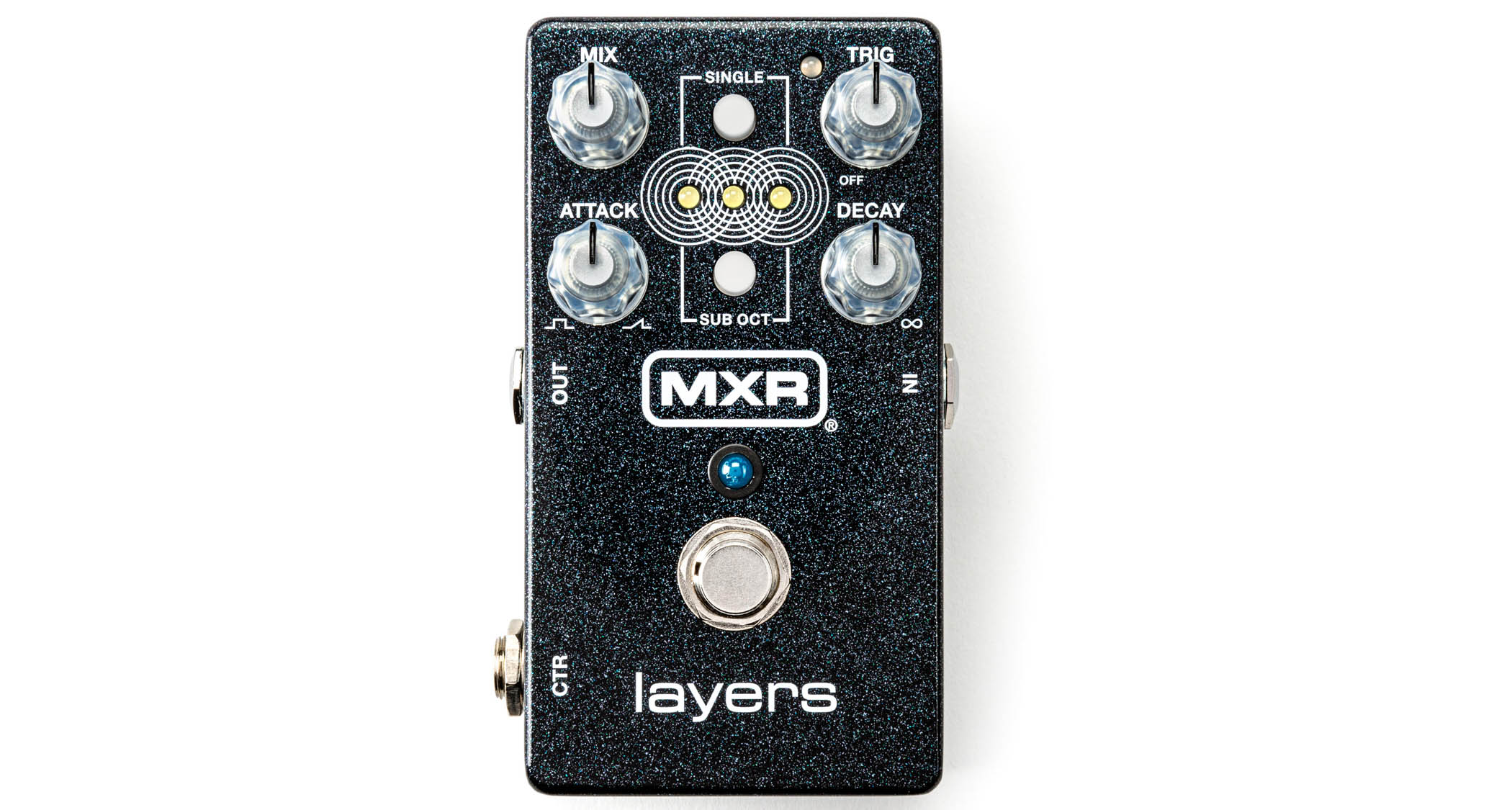
Launch price: $229.99/£249/€280
Type: Sustain pedal
Made: USA
Controls: Mix, Trig, Attack and Decay pots, Single and Sub Oct buttons, CTR switch, Footswitch
Features: Single or triple layer, mono or stereo, wet/dry, sub octave
Connectivity: In/Out, CTR input
Bypass: Buffered
Power: 9V DC centre-negative, 300mA (supplied)
Dimensions: 62x110x47mm [WXDXH]
Weight: 235g
Contact: Jim Dunlop
Build quality
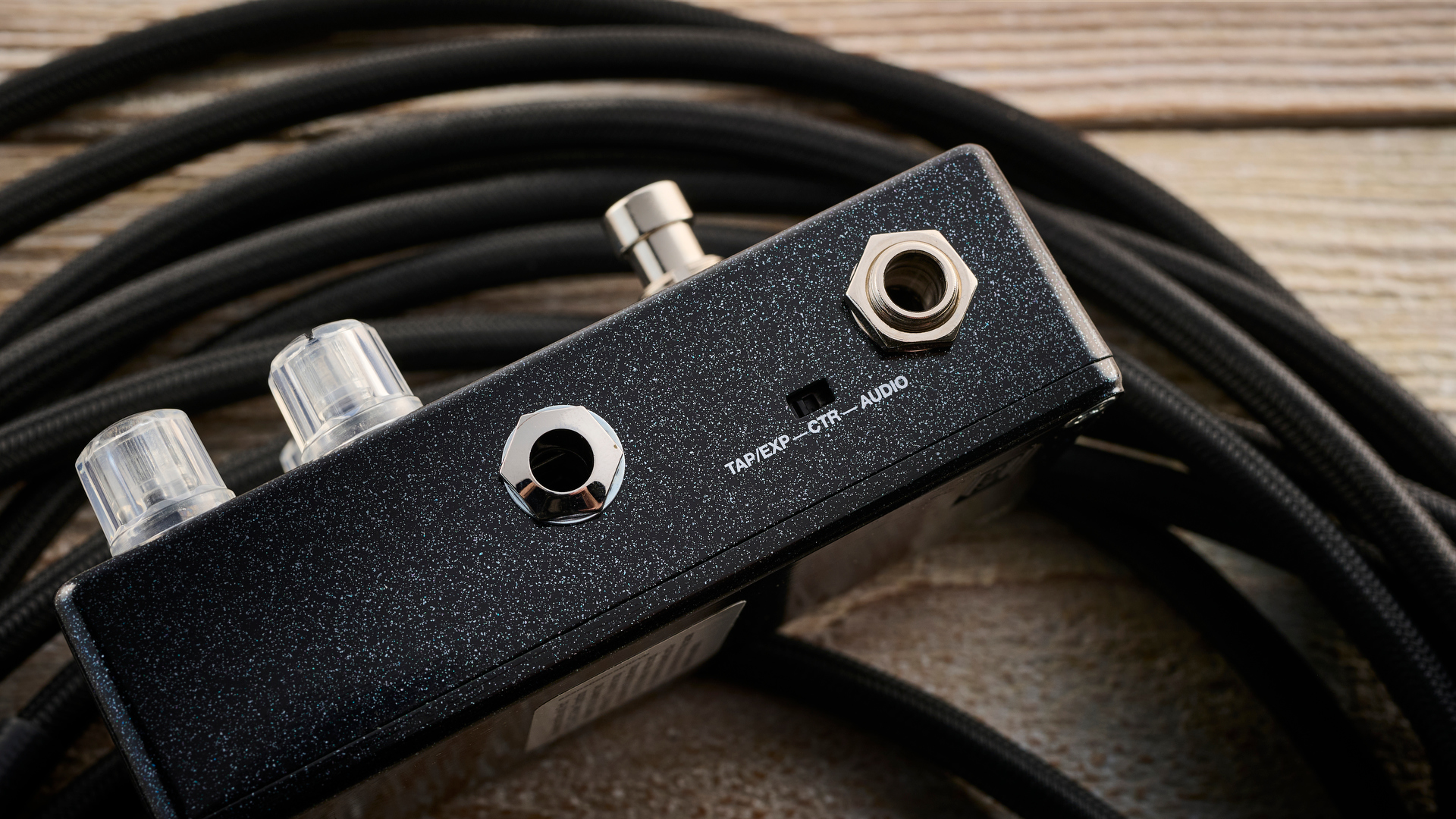
Build quality rating: ★★★★½
As you'd expect from MXR, and especially for a pedal at this price point, it's a bombproof build. In addition to the standard connectivity in mono there's also the option of running it in 3-layer mode panned left, centre and right, or dry/wet for live use.
Probably the only missing option is an easy stereo-thru option, though that's not surprising with a pedal this size. It is possible to set up the pedal to operate with a TRS cable for input and output, but it is a little fiddly, so be warned.
Usability
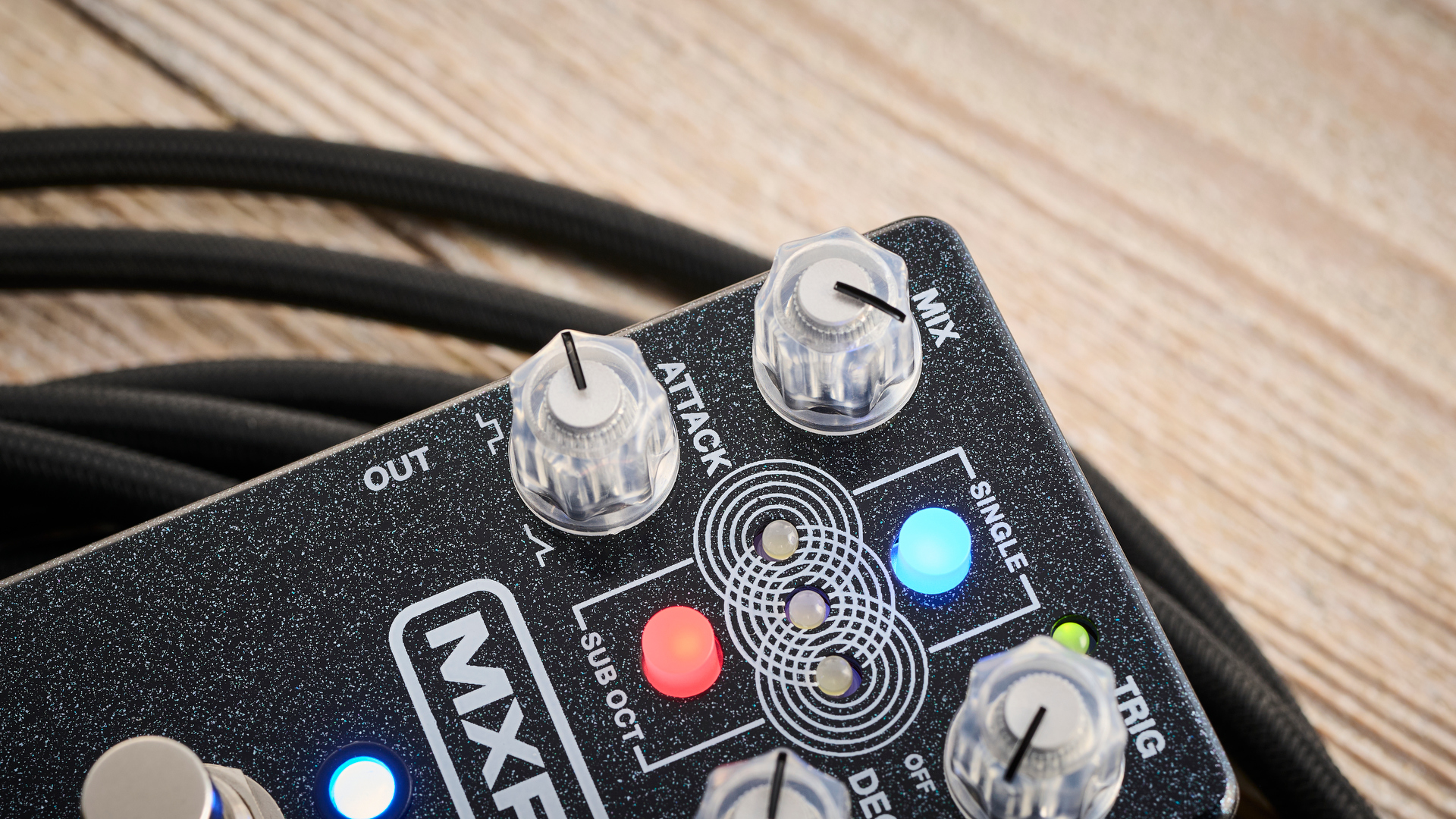
Usability rating: ★★★★☆
Want all the hottest music and gear news, reviews, deals, features and more, direct to your inbox? Sign up here.
The Trig function works very well, but for more intricate parts we defaulted to using the footswitch instead.
There's a lot of functionality crammed into the pedal, which leads to the trade-offs that you'd expect. Some players will have the spare brainpower, and find the triple-layer mode works for them.
Others, like me, admittedly, will gravitate towards the simpler single-layer mode. In this mode the Trig-knob controlled auto sample function is more predictable as a pad generator. The trade-off is that it's less lush, being only a single layer. The Trig function works very well, but for more intricate parts we defaulted to using the footswitch instead.
For power users there's expression pedal blending on offer. If we were in an electronic group or mainly in studio, we'd probably take advantage of this. Connecting a rocker expression pedal, two presets can be registered and then blended between. An unsubtle example could be from square-wave quick attack to an almost sawtooth effect when the pot is maxed.
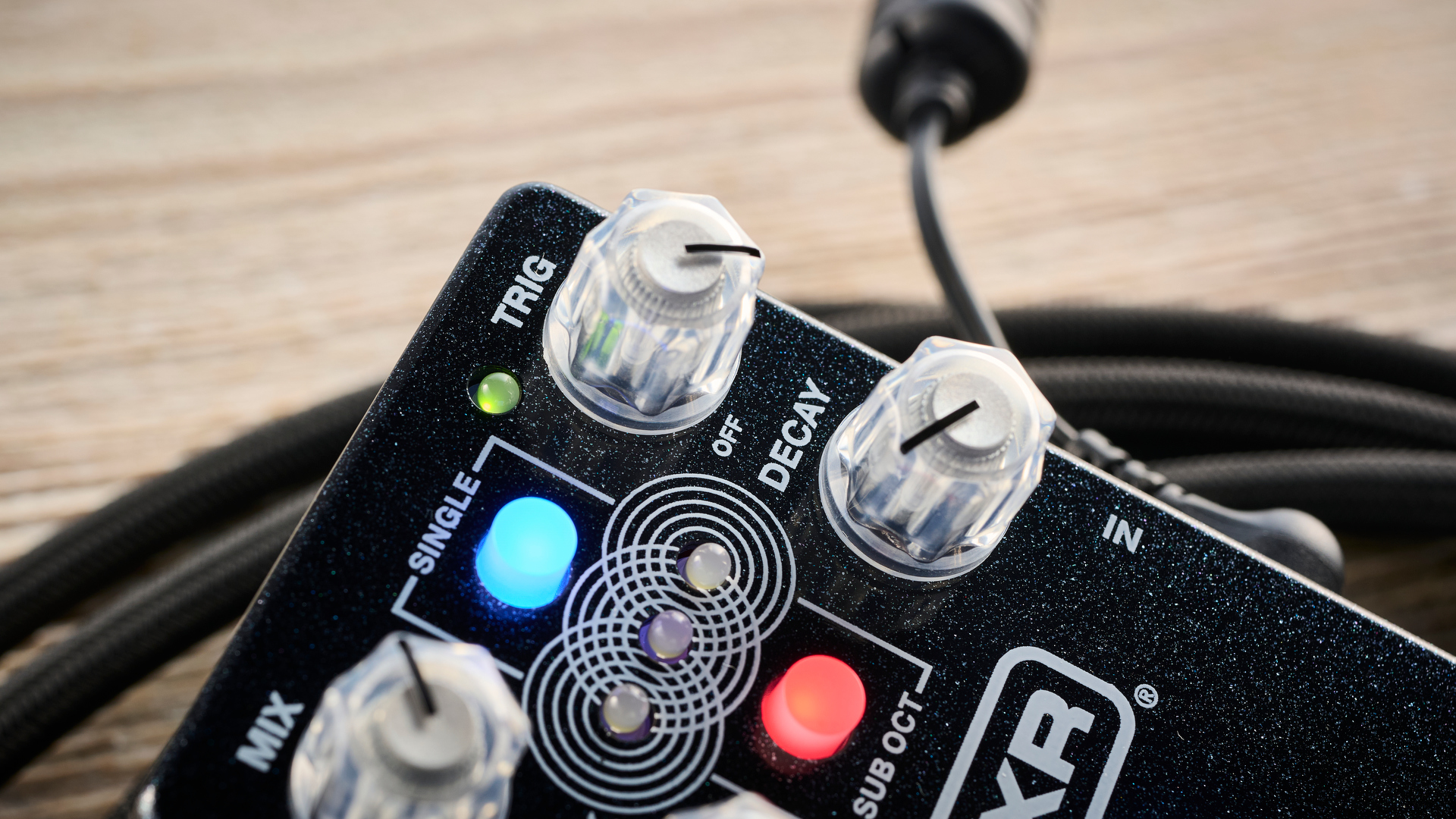
There's a sensible control layout with intuitive functions. The attack and decay knobs are essential to this being a pad device rather than a simple looper, and the tuning of these allows for a spread from subtle pads to janky, aggressive electronic stabs.
The biggest issue with the pedal is that of many complex single-footswitch pedals. To disengage the pedal, you're required to double-tap the main footswitch, which can lead to accidents when using live. Luckily for the Layers, as it's designed for slower-paced music it's less likely this mistake will be made during a frenetic lead part.
Moreover, as part of the voicing of the pedal, there is in-built delay and modulation. This is controlled by the pots while holding down either the Single or Sub Oct buttons. Getting the most out of the Layers requires tuning these, but a new user who hadn't read the manual would be blissfully unaware of this functionality, which is a shame.
Sounds
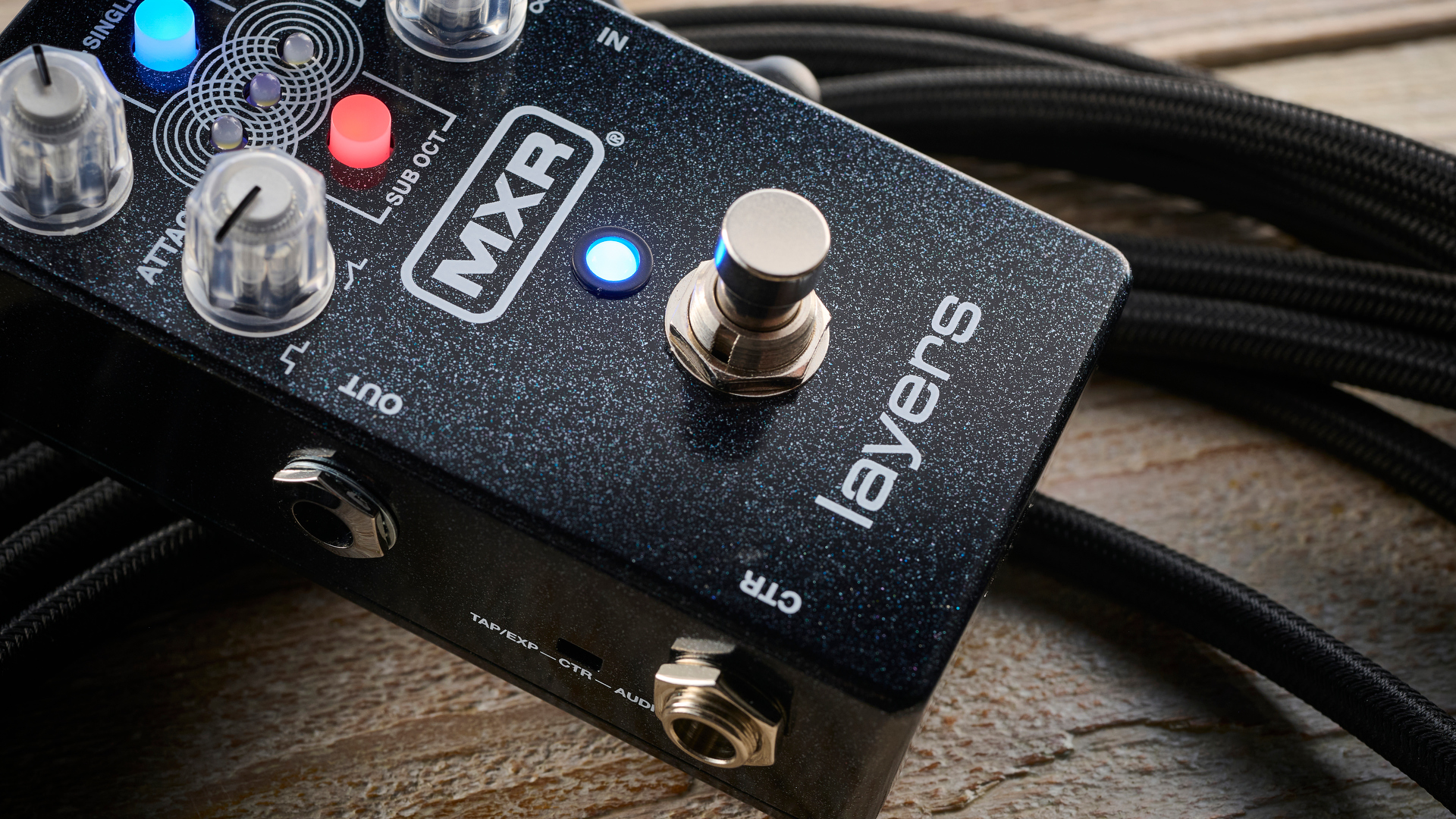
Sounds rating: ★★★★½
What's interesting about the Layers is that, especially in the triple mode, it doesn't really sound like a looper pedal, or even a pad. Instead it sounds most like a particularly dynamic and responsive reverb such as the Strymon Cloudburst.
Of course, changing the attack and decay settings has a big impact on this, but even in the lighter single mode, it has almost an ambient reverb quality. In fact, using the auto-triggering, we'd see this more as a reverb replacement than a looper on our board, especially with the mix dialled back.
Even in the lighter single mode, it has almost an ambient reverb quality.
However, it also interacts in unexpected and dynamic ways with other pedals. We set it up to automatically trigger, with a low decay and square-wave (fast) attack, and then ran a gated fuzz into it.
The result was staccato, stop-start sample-hold style madness. Unfortunately, I didn't have an arpeggiator to hand but ballistically ramping with a Whammy Ricochet resulted in wild, almost synth-arp tones.
Verdict

The Layers is a subtle and unique pedal, with a lot of expressive depth. The ability to manually time your captures or rely on the threshold control means that there's several dynamic ways to use the pedal interactively for sound capture, and the end result is something more than the sum of its parts.
MusicRadar verdict: If you're after a pad generator, or even a somewhat twisted ambient reverb, then give the Layers a shot. It's not going to suit every style of music, but that's clear from the get-go. It is, however, very versatile within the niche that it is aimed at, and gently inspirational, too. It lacks the 'wow' factor of some esoteric pedals, like the Hologram line, but makes up for this in being simple, intuitive and stacking unpredictably yet satisfyingly with other pedals.
Also try

$149/£149
The TC Electronic Ditto is still the best meat-and-potatoes two-button looper. For pad creation it has reverse and half-time functionality and is competitively priced.
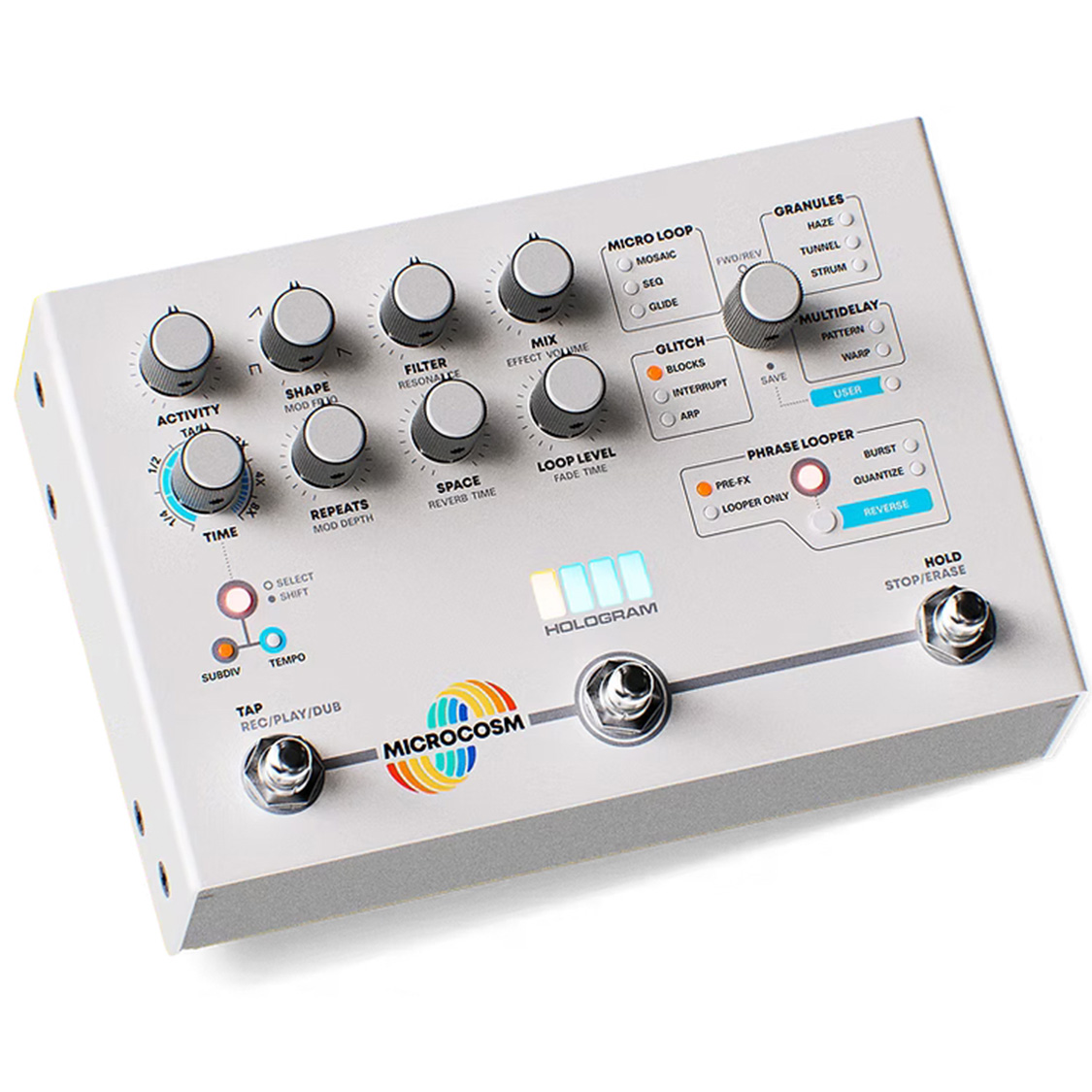
$459
For the absolute be-all and end-all in ambient sound texture manipulation, the Hologram electronics line has you covered - but at a price.
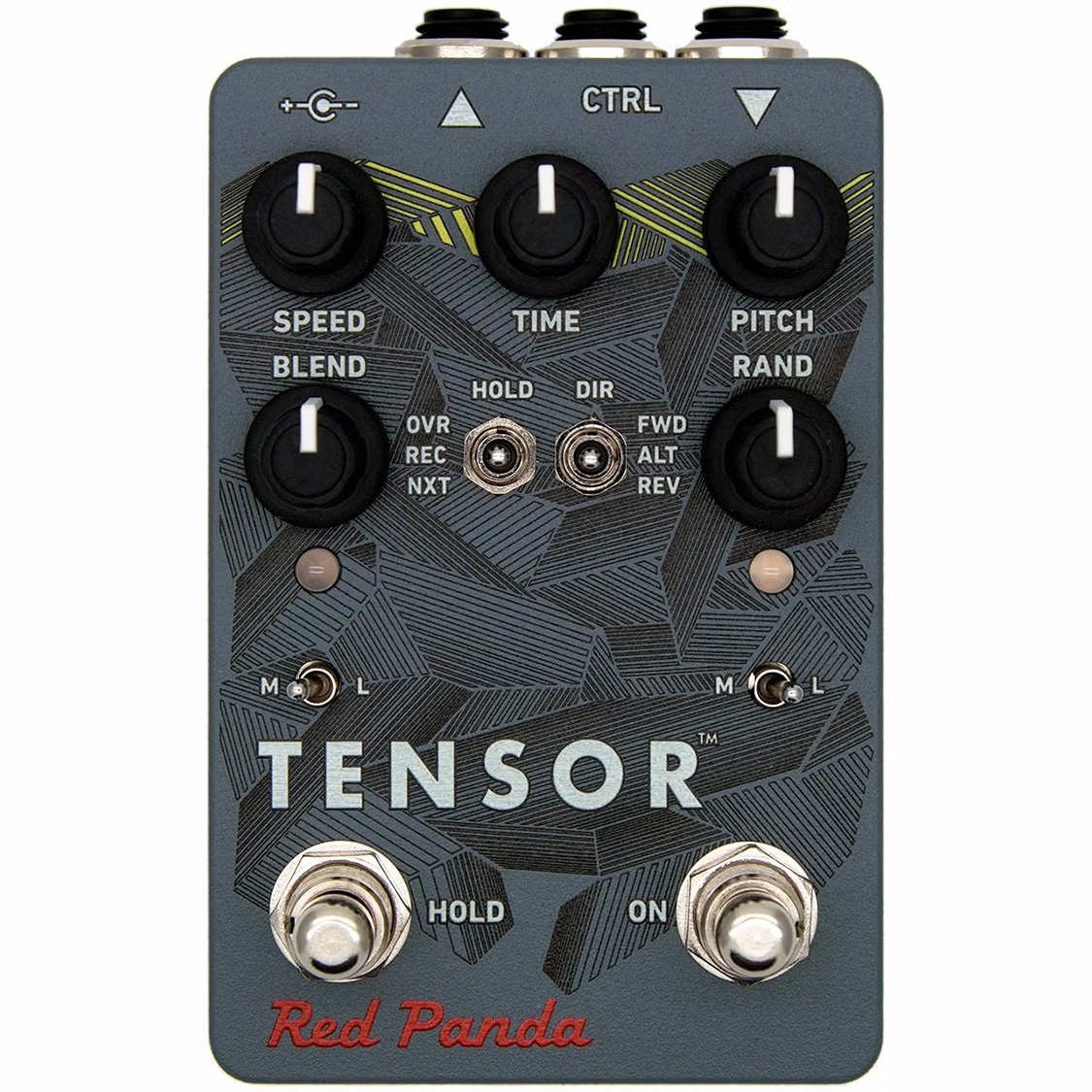
$329/£349
Not cheap, but the Tensor can do it all, from glitchy micro looping to 'normal' looping, all the way to esoteric pads and reverse tape sounds.
Hands-on videos
AndyDemos
Jim Dunlop USA
ambienttrash
Alex Lynham is a gear obsessive who's been collecting and building modern and vintage equipment since he got his first Saturday job. Besides reviewing countless pedals for Total Guitar, he's written guides on how to build your first pedal, how to build a tube amp from a kit, and briefly went viral when he released a glitch delay pedal, the Atom Smasher.



